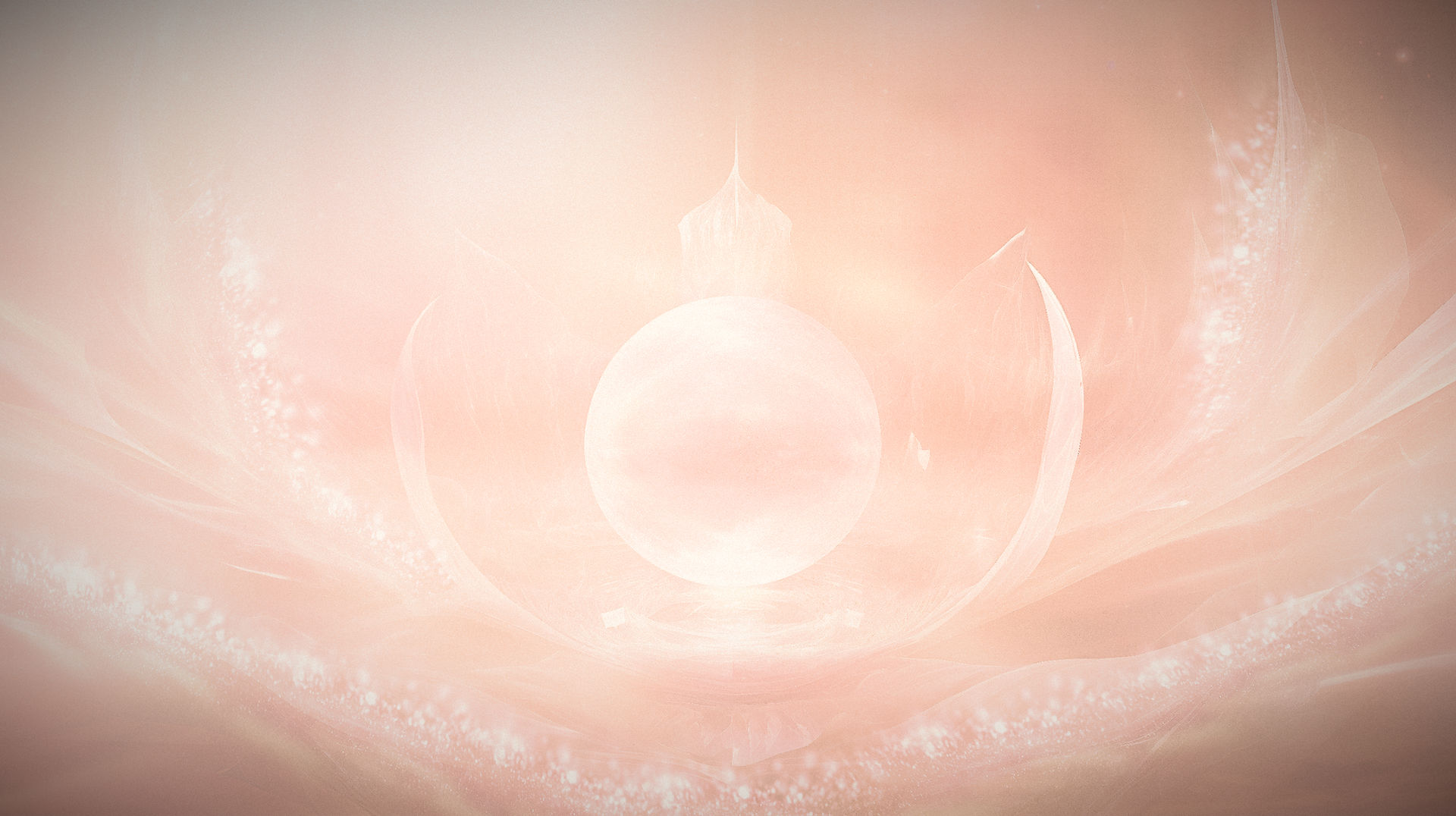What is the trapezius muscle and how it can enhance and strengthen your yoga poses
- Lisa Zeffertt

- Mar 29, 2024
- 2 min read

Yoga, with its myriad of poses and sequences, is not merely about flexibility and balance. It's also about strength, stability, and the intricate engagement of muscles throughout the body. One such muscle that plays a pivotal role in various yoga poses, particularly inversions, planks, and downward-facing dog, is the trapezius muscle.
The trapezius muscle is a large, triangular muscle that extends from the base of the skull down to the thoracic spine and across to the shoulder blades. It's often divided into three parts: the upper, middle, and lower trapezius. Understanding how to activate and engage this muscle properly can significantly enhance your yoga practice, offering both physical support and energetic alignment.
How to activate the trapezius muscle
How can we activate the trapezius muscle? When we come into Cat pose, you can imagine pushing the floor away from you, this will cause the shoulder blades to separate away from one another and engage the muscle to add strength to any weight-bearing posture. Whenever you come into an inversion, down dog or plank, try pushing the floor away from you and engaging the trapezius muscle.

Inversions:
Inversions, such as headstands, handstands, and shoulder stands, require a strong and stable foundation to prevent injury and promote balance. The trapezius muscle, particularly the upper and middle fibres, plays a crucial role in supporting body weight and stabilizing the shoulders during these poses.
By activating the trapezius muscles, yogis can create a solid base of support, allowing for better control and alignment in inversions. This engagement also helps distribute the weight evenly across the shoulders and upper back, reducing strain on the neck and preventing unnecessary tension.

Planks:
Planks are excellent full-body exercises that build core strength, but they also heavily engage the trapezius muscles. When properly activated, the trapezius helps to stabilize the shoulders and upper back, ensuring proper alignment from head to heels.
By consciously engaging the trapezius muscles during planks, yogis can improve their posture, prevent sagging or collapsing in the shoulders, and develop greater overall strength and endurance.
Downward-Facing Dog:
Downward-facing dog is a staple pose in yoga, known for its ability to stretch and strengthen multiple muscle groups simultaneously. Proper engagement of the trapezius muscles in this pose can alleviate tension in the neck and shoulders while providing a stable foundation for the upper body.
Activating the trapezius muscles in downward dog helps to draw the shoulder blades down the back, creating space in the upper spine and promoting a lengthening effect from the crown of the head to the tailbone. This engagement not only enhances the physical benefits of the pose but also cultivates a sense of ease and relaxation within the body.

Conclusion
Incorporating trapezius activation into your yoga practice can significantly enhance your strength, stability, and overall alignment in various poses, including inversions, planks, and downward-facing dog. By cultivating awareness of this crucial muscle group and learning how to engage it effectively, yogis can experience greater ease, balance, and mindfulness on and off the mat. So next time you flow through your practice, remember to give your trapezius muscles the attention they deserve, unlocking new levels of stability and strength along the way.










Comments